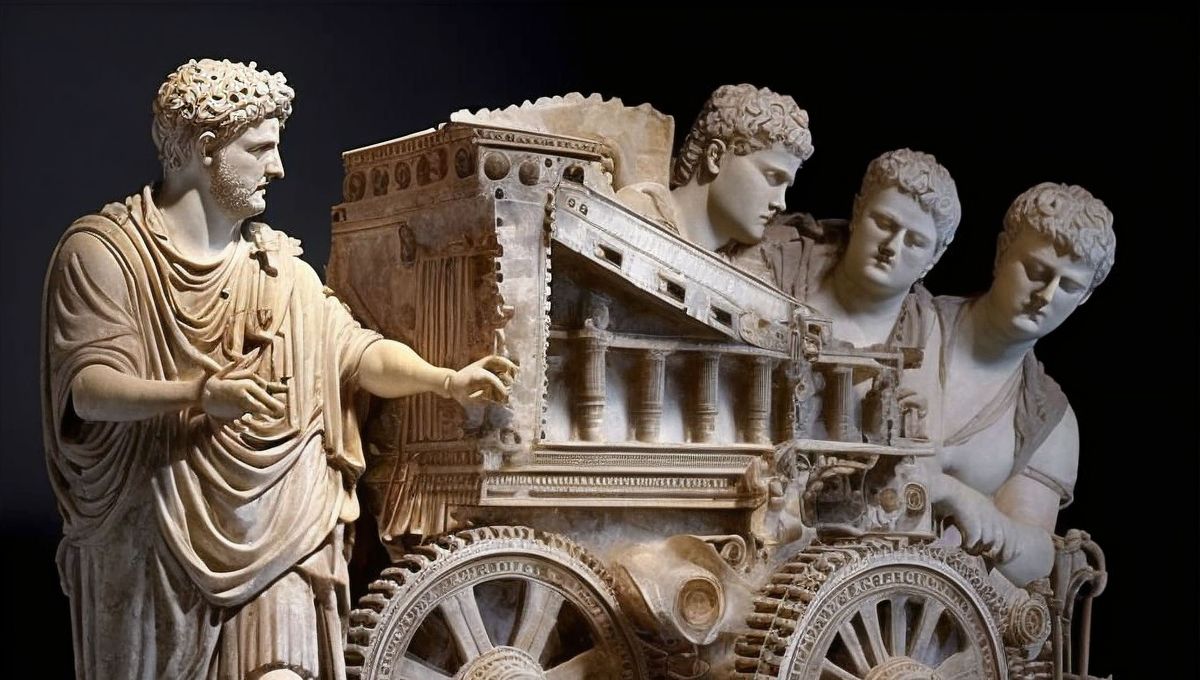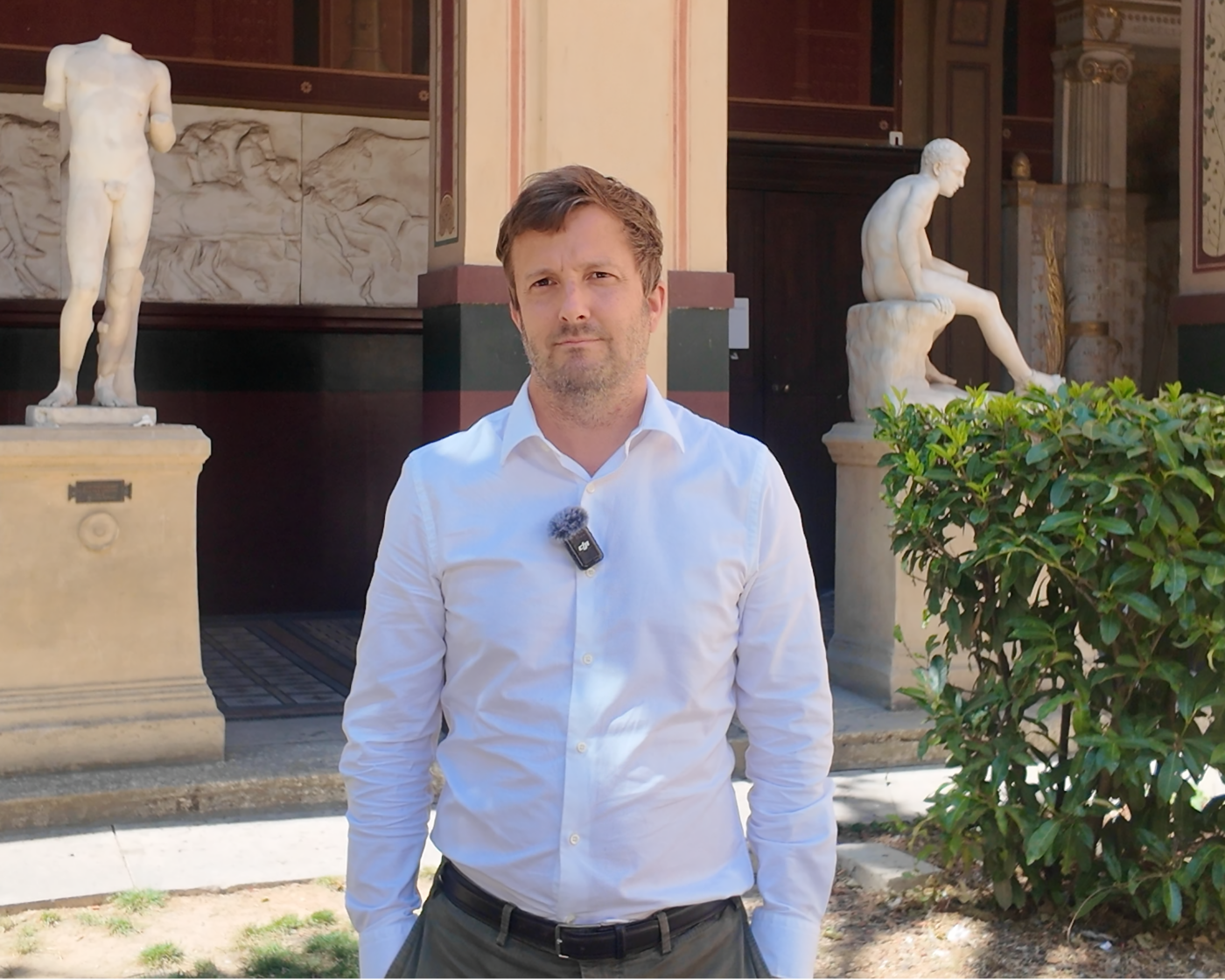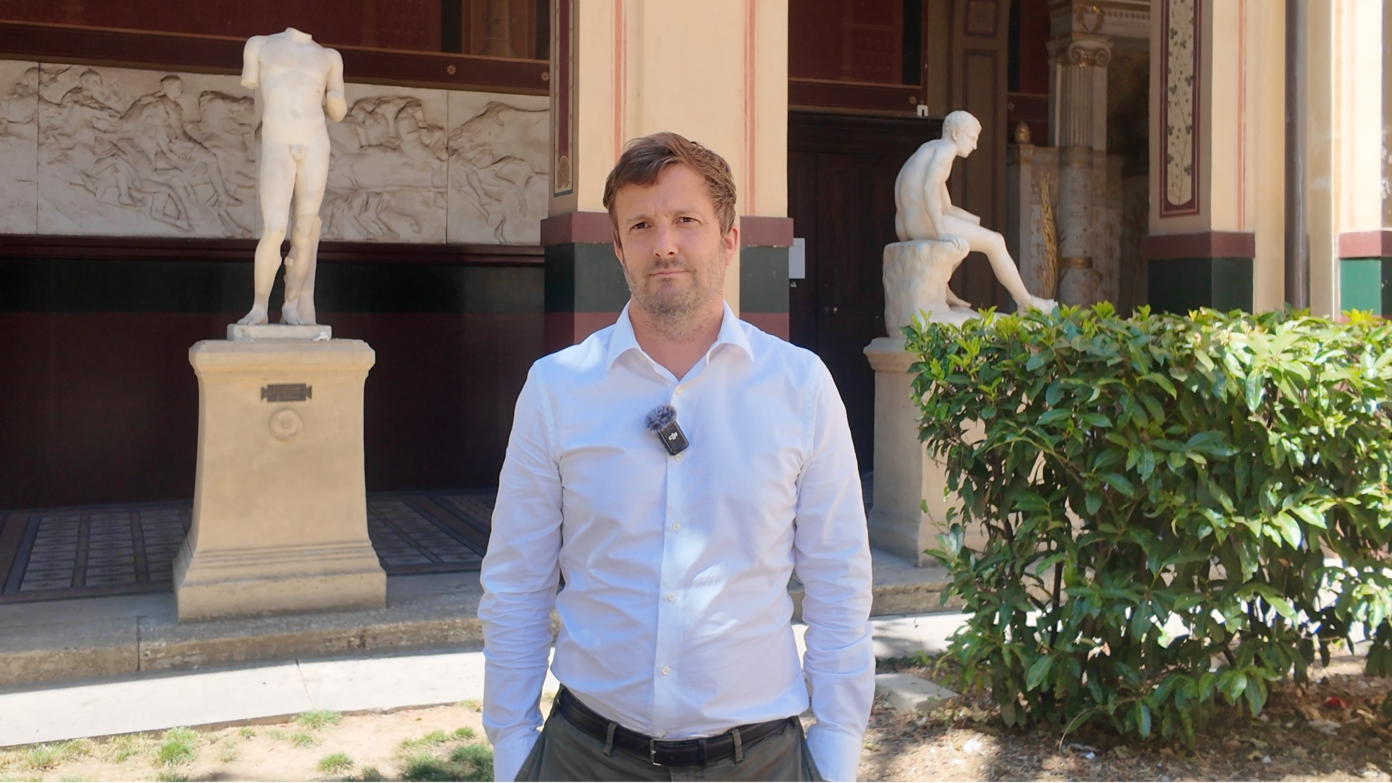Intangible and the concept of halo
Can you define this concept of halo architecture more precisely ?
It is based on the idea that in a complex city, complexity originates in the increasingly strong interaction of hundreds of thousands, possibly even millions of variables. When we have such a prodigious level of interaction, statistical forecasting methods are useless. In the classical bell curve representation of phenomena, the mean and the standard deviation provide enough indications for decision-making because more than 85 percent of the phenomena are captured by these aggregates, leaving only the extremes, the lower ends of the curve which only represent some 15 or maybe five percent of marginal things we can therefore ignore. In the country of Mediocristan, in the words of Nassim Nicholas Taleb in his book on black swans, we are confronted with bell-curve situations, but in the country of Extremistan, on the contrary, there is a polarization to extremes and nothing at the mean, so the mean doesn’t represent anything and standard deviation is excessive. As a result, governing by the mean isn’t possible anymore.
In the nineteenth century, analyzing the breakdown of population by income to identify social classes in a context of class struggle made it possible to identify dangerous classes and to distinguish them from the lower-middle classes, the upper-middle classes, and the upper classes. Government was based on a balancing act between these classes—for instance, Haussmann corrected the differences between the east and the west to make Paris possible to rule by restructuring the east and the southeast of the city. But the fundamental idea is that, at the time, classes could be identified whereas today, with cognitive capitalism and the creative classes, things are blurred. The income variable doesn’t provide enough information and we have to take economic insecurity into account as it also affects part of the creative class despite it being the best equipped in Bourdieu’s sense. There are highly varied and potent occurrences of bipolarization, which also apply to bobos. The weighted average isn’t at the middle of the bell curve anymore; there is no middle range of stability and harmony anymore, no middle class, which is why is is so important to look for the impact of externalities. The idea of pollination also emerges from this observation: the bulk of the subject is invisible, implicit, outside the inner core; the important elements are the externalities, i.e., contextualisation, interpretation, meaning, and these aren’t codifiable.
There is an overlap with the notion of value. Let us draw an analogy with an ecosystem: Pascal Picq explains that in the event of a major exogenous shock, of a black swan, the more an ecosystem is rich and has unused dormant resources which can be mobilized in order to deliver a response, the better its chances of survival.
This may apply to genetics and many other things, such as the ability of populations to resist a virus or an illness. In nature, when an ecosystem is depleted, the number of animal and plant species falls and susceptibility to disease reaches alarming levels. This explains the devastation and overmedication prevalent in industrial livestock farming, and why agriculture in the United States but also in Europe, is in a deadlock, caught up in a very advanced cycle of poisoning of the soil and the destruction of biomass.
Honeybee colony collapse syndrome is another translation of the same reality. A rich ecosystem is necessary, with lots of strange things which are seemingly useless (such as “maverick toads,” which don’t follow typical migration routes) but are in fact evolution’s security exits. But from a cultural standpoint, the same thing occurs: the ability for a complex urban environment to thrive depends on its heteronomy, its extraordinary variability, which enables it to adopt strategies of resilience. On the contrary, in highly planned homogenous environments, subjects are dealt with without considering induced effects, which makes them terribly fragile to unforeseen events, our black swans. The digital revolution has the same negative effect: it clearly binarizes things and provides us with a formidable planning tool (something which already had the tendency to reduce complexity to complicatedness). That being said, by automating many logical brain functions, digital tools also highlight the fact that, in the end, intelligence and innovation are what really matters—in other terms, our capacity to respond to questions which haven’t been previously programmed and to solve complex problems. Computing power and big data are nothing without intelligence, without the ability to find solutions to complex problems. Today, this is the ability which has value from an economic standpoint. The added-value comes from grasping complexity, which is possible only by taking into account the externalities, the hidden tip of the iceberg, all that resists the traditional evaluation criteria used by the market and conventional science.
As a matter of fact, sustainable development is all about reintegrating this hidden face of externalities back into economic calculations and the identification of solutions: encouraging positive externalities of pollinization, be they by humans, animals, or plants, and of course, minimizing negative externalities. That is why I accord so much importance to the halo: it concentrates what I call the “type 2 intangibles,” i.e., what isn’t codifiable—trust, care, or intelligence. There is the zone of material production—limited to a very small circle—and then the type 1 intangibles zone—intellectual property and the codification of services—and, lastly, the “type 2 intangibles.” It is soon apparent that this final zone is the most interesting one because nowadays, it is the one which enables the whole to function. We have shifted from coordination—a perfectly Fordist system made manageable by the use of schedules, the division of labor, etc.—to cooperation, which is intangible and cannot be codified, just like creativity. Creativity cannot be commanded—that would be a complete disaster—and the phases of creativity cannot be formalized. The temporality of creativity isn’t homogenous, Cartesian, and scalar as space is—it is a n-dimensional time, a Möbius strip whose effects and complex mechanisms cannot be codified.
This halo concept you expand upon is really fascinating for architects because these days our biggest challenge is indeed not to plan but to encourage creativity, to create a set of conditions which fosters or accompanies the process of grasping complexity.
Yes, indeed, because it isn’t possible to plan this type of interaction. Once we’ve understood that, the issue is then knowing what to do from a pragmatic point of view. At this stage, I like to point out that the word “management” was coined during the sixteenth century from the French “ménager” before being adopted in English. And I find “ménager” (to spare, to conciliate) or “aménager” (to rearrange, to adjust) much more relevant than “to manage,” which implies a hierarchy, a top-down approach. “Ménager” is the encounter between the impulsions we want to give from above and the tradeoff we make with creativity, which works from the bottom up; it’s the way these two sides tame one another, co-act, and interact without us being able to determine beforehand which solutions will be reached. This is something which is fairly complicated to do because, if we take the example of the partnership between a Chinese firm and a French firm with intellectual capital, we blindly believe that it is simply a matter of patents and reaching an agreement over copyrights and exchanges of patents. Yet, it is precisely what is essential, the implicit in these technological transfers, which cannot be codified: how should we take into account the know-how, the network, the intellectual capital accumulated by a company? That’s something which forms around the brand, but not only, because what underlies it is trust. So, if we wish to “ménager,” to try to capture type 2 externalities, these impossibly-difficult-to-codify intangibles, it is necessary to establish a climate of trust, an innovation ecosystem. These ecosystems can be administered and adjusted, but they are fragile and highly complex. Consider, for instance, the evaluation of interpersonal skills beyond knowledge or know-how.
Particularly because trust is eroded so easily.
Precisely. It takes an inordinate amount of time to build trust and it can evaporate in an instant. Just as in a couple when there’s a “betrayal” and suddently they switch from love to inventorying things, allocating costs, distributing chores. So, putting a price tag on and codifying these intangibles cannot happen in that way. It is about taming creation. What is the ecosystem of a strong company? Why does it thrive? Due to a strong climate of trust, or at least the establishment of ranges of trust, given that these aren’t eternal of course. But to establish trust, it is also necessary to know what people are doing and to allow them some space for genuine autonomy, even if it isn’t in the sense of Big Brother, Bentham, or Foucault’s panopticon, etc. It is necessary to create moments when trust is established, notably through game play, because standard transactional market relations don’t necessarily instill the required level of trust—there are regulations and contracts for that purpose and the only moment when trust must be relied upon exclusively in such a context is credit. So all this trust zone we’re trying to bring about in fact mostly comes from the phenomenon of human pollination, and games are a good example of this.








